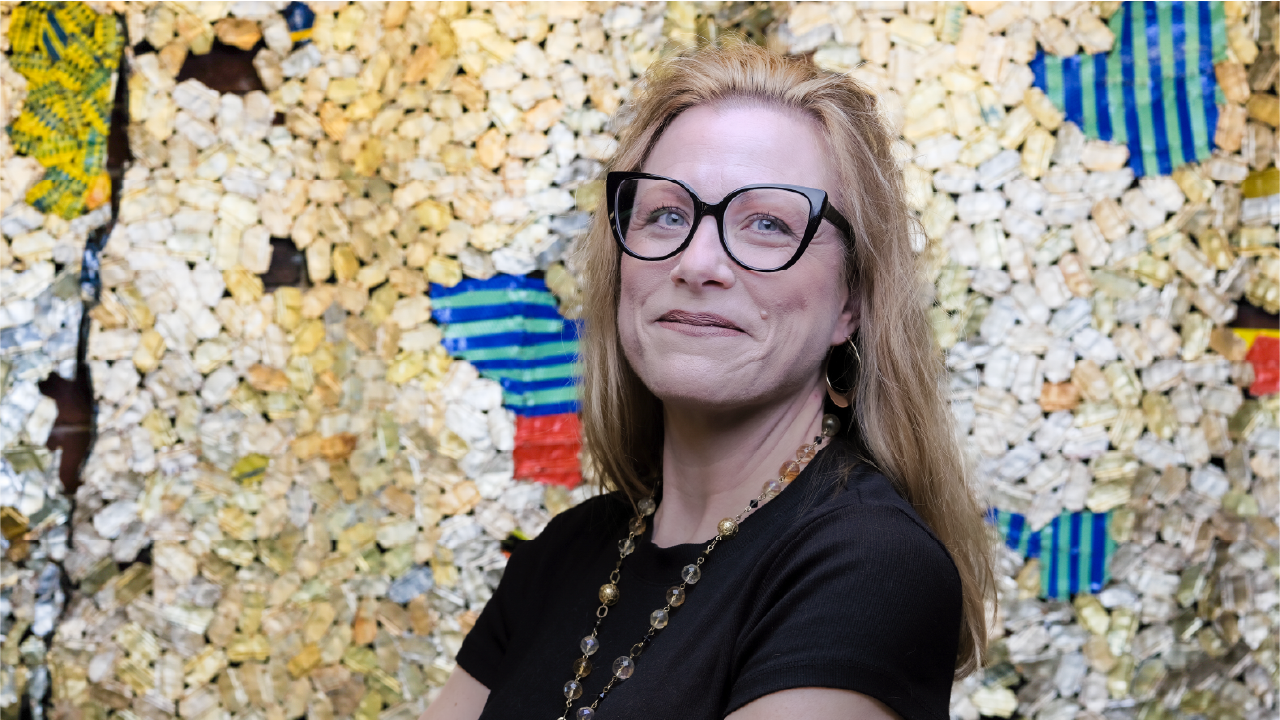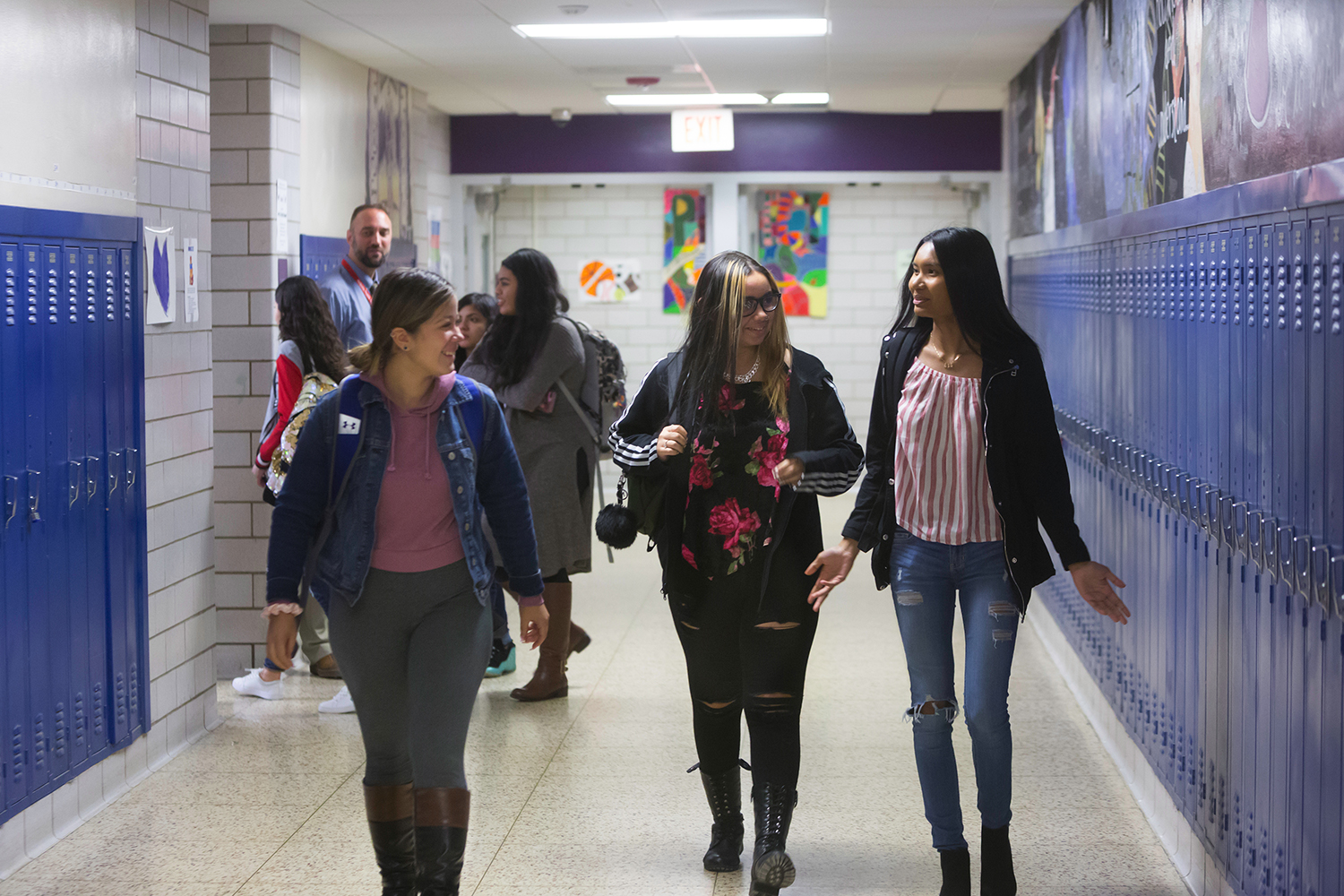In their post last June (“Typical Isn’t Good Enough”), Barr’s President and Vice President shared what we learned from, and how we intended to respond to our 2017 Grantee Perception Report (GPR). The GPR is a confidential survey that invites nonprofits for feedback on what it’s like to work with their funders.
With Yvonne Belanger, Barr’s Director of Learning & Evaluation, I co-chaired a working group tasked with taking a fresh look at Barr’s grantmaking process. One of the first steps we took was to have all of our staff go through the process themselves. Walking a mile in our grantees’ shoes was an eye-opening experience. We found our process could be an unpleasant and difficult slog.
Guided by a working group made up of people from across the foundation, here are a few of the changes we’ve been working on:
We are asking fewer questions in our grant application.
We reduced the number of questions we ask in our grant application, and we have worked to eliminate redundancies, to sequence questions in a way that makes more sense logically, and to provide clearer guidance about length of responses.
We are moving away from requiring custom forms and attachments, and moving towards publicly-available data.
Our grant application required multiple forms of data as attachments. Yet, we recognize that nonprofits are increasingly publishing financial and other important information about their organizations at places like Candid (formerly GuideStar). Instead of asking grant seekers to assemble these documents for us (or to spend time translating their data into our unique forms), we are reworking our process and systems so that our team can assemble information ourselves from what is publicly-available.
We created a guide to help grantees define outputs and outcomes.
As a tool to help grant seekers in the proposal stage and also to make reporting more straightforward, we developed a brief guide to writing outputs and outcomes that are simple, clear, and meaningful measures of progress and impact.
We continue to revise our grant-related communications to be less transactional and more human.
Going through our own application process, many staff were struck by how impersonal and transactional the communications were. Our emails and instructions focused on the steps to navigate our online system and how to troubleshoot IT issues. They were all very precise and accurate. Yet, as communications with real people we might partner with for years to come, they missed the mark. We had a team work through communications for every stage of our process, to make them more human.
We are working to be clearer about what to expect at each phase of the partnership.
One important lesson for us from our Grantee Perception Report was that our grantees sometimes felt uncertain about how much interaction to expect with us. We always hope to stay engaged and to be a resource to our grantees. Yet, the frequency and depth of interaction can vary. We have sought to be more explicit in both our written and verbal communications about what to expect at each stage of the relationship. In the grant application process, for example, this means every email and confirmation message now includes specific dates by which people can expect to hear from us next. We are also working to be clearer up front about our expectations for reporting and for their participation in evaluation activities.
These are only a few of the changes we’ve been working on, and there’s more to come. For example, we will be striving to simplify our grant reporting requirements and renewal process, and are considering how to more frequently accept proposals and reports prepared for other funders. Additionally, we discovered different teams were approaching the same processes in different ways. To help us take these next steps and keep a focus on continuous improvement, we hired Prerna Sekhri as manager of program operations late last year. We are working to learn from each other and uncover new strategies for making our processes more streamlined, relationship-focused, and beneficial to our partners.
How are we doing? We want to hear from our partners as we continue to implement process improvements. The feedback form linked below is one feedback tool we use to inform our grantmaking process.




